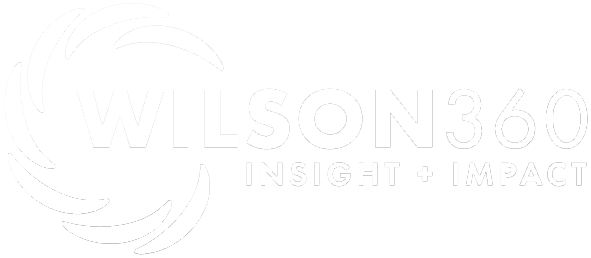Building Blocks for Financial Health
Most landscape companies have managed to navigate the turbulence of the COVID-19 pandemic in 2020. Thanks to the vaccine, we may see the economy and consumer spending rebound this year. However, it is unclear if the damage done by shutdowns and high unemployment will have lingering effects on recovery.
I think it would be wise to proceed with caution until we can see a more predictable future, maybe by the third quarter. In the meantime, keep a close eye on financial indicators.
If you do not have a financial dashboard, it’s a good time to establish one.
Some items that should be tracked monthly. These include:
- Balance sheet ratios such as current ratio, quick ratio, debt to equity and return on assets.
- Average age of receivables, payable days, cash on hand, credit line balance and available credit and average hourly wage.
- Operational labor percentage by service line, overtime hours, unapplied time, gross margin by service line, sales growth and net profit.
- Client retention, employee retention and lost days due to accidents.
While this is not everything, and may be more than you think you need, you do need a baseline. Items you should be monitoring daily – or weekly at a minimum – include daily bank balance, receivables received and payables paid. It is really important to do these things, if for nothing else but peace of mind.
I also think it is wise to pay close attention to your account receivable aging and get on top of the over 30-day accounts immediately. Some of your clients may be struggling with cash and start to string you out, so it’s critical to stay on top of slippage.
Building a budget is essential to all businesses. If you don’t have one, do it now. Then track monthly actuals against budget and look for trends. The budget reflects how you thought things would work out, and the actual is how they are actually working out. The sooner you attack variances, the sooner you can limit damage.
Due to lingering uncertainty concerning COVID and the economy, it’s more important than ever to keep a keen eye on your finances.
Labor is your largest expense. Labor can be managed at a high level by knowing what your head count should be each month. Also, you should know how much, if any, overtime you are budgeting. If your head count and overtime match the budget, you should not be surprised at month’s end. You may have some individual job issues, but the company overall should be okay. More detailed labor trackers are used by many companies that track individual job labor to budget.
You should also place controls on purchasing so that spending does not get out of hand. Limiting the number of people in the process is the best way to do this and not allowing purchases over a certain threshold or type of purchase without your prior approval is an easy way to establish oversight.
For many companies, this is second nature; for newer companies with limited management teams, this approach can be a necessary challenge. Having a good accounting department is an essential part of a successful company and an investment that pays real dividends.
Financial procedures and policies may require new planning approaches. Will you need to add new revenue streams? How much are you allocating to attract new customers, research market trends or bring added value to the table?
Last year gave us an opportunity to adjust our mindsets, develop greater connection with our teams and communities, and to invent new ways to measure what matters.
As we focus on a return to growth across our services and segments, making a commitment to improve financial reporting and performance processes will help you translate lessons learned from 2020 and improve your financial profile for the longer term.
Republished with permission. GIE Media. Lawn & Landscape magazine, February 2021 (c)

